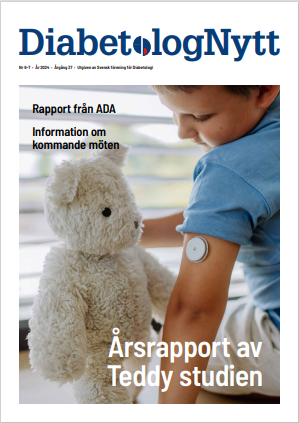Sunday Dec 2, 2012 (foodconsumer.org) — Exposure to flame retardant chemicals called polybrominated biphenyls (PBBs) and polyborminated diphenyl ethers (PBDEs) may increase risk of diabetes mellitus type 2 and metabolic syndrome, according to a study in Diabetes Care – a journal of American Diabetes Association.
Korean researchers Duk-Hee Lee at School of Medicine, Kyungpook National University in Daegu, Korea and colleagues analysed data from a U.S. study cohort and found that individuals with the greatest exposure to polybrominated biphenyl 153 (PBB-153) or polybrominated diphenyl ether 153 (PBDE -153) were more than twice as likely as those with lowest exposure to develop diabetes mellitus type 2.
Exposure to chlorinated persistent organic pollutants (POPs) including polychlorinated biphenyls (PCBs) which are old generation flame retardant s, have been found associated with increased risk of diabetes mellitus type 2 and metabolic syndrome. PCBs have been banned in in 70’s for their toxicity and replaced with the current PBDEs or PBBs as flame retardants. The current study demonstrated that these brominated flame retardants are also toxic if not more toxic than PCBs.
For the study, researchers tried to associate exposure to six flame retardant chemicals (five PBDEs and one PBB) with risk of developing diabetes mellitus type 2 and metabolic syndrome among 1,367 adults enrolled in the National Health and Nutrition Examination Survey from 2003 to 2004.
In addition to the association between flame retardant chemicals PBDE-153/PBB-153 and elevated risk of diabetes mellitus type 2, the highest exposure to PBB-153 was also associated with nearly triple-increased risk of metabolic syndrome, compared to the lowest exposure.
Both chlorinated and brominated flame retardants can not only increase risk for diabetes mellitus type 2, but also are associated with increased risk for ovarian cancer and cryptorchidism in newborn boys among other things, according to previous studies.
Flame retardant chemicals PBDEs are widely used in household products such as carpet, furniture like couches, electronics, goods intended for infants to use and clothes to name a few. Some PBDE flame retardant chemicals have been banned in Europe, but years later are still being used in the U.S. even though the U.S. has followed suite slowly, but eventually also dropped a few with undeniable toxicity. Evidence suggests all flame retardants need to be banned.
How to reduce exposure to flame retardants PCBs and PBDEs?
PCBs have been no longer used as flame retardants, but they persist in the environment. Humans get exposed to such a class of pollutants mainly through their diet, particularly foods like farm-raised fish and fish from polluted lakes and rivers and animal fats which tend to accumulate flame retardants.
PBDEs are still used as flame retardants. It is believed that house dust is the major source of exposure. It is impossible to absolutely avoid exposure to this class of pollutants because the law requires that flame retardants be used in household products to prevent fire.
The best way to avoid exposure is to reduce house dust using a air cleaning system or air purifier such as IQair healthpro plus, which can catch particles as small as 0.001 microns. For those who can’t afford such a product, buy an air filter such as 3M filtrate air cleaner FAP03, which can get rid of dust particles as small as 0.1 microns. The less desirable but acceptable air cleaners are True-HEPA air cleaners or purifiers that can filter out particles as small as 0.3 microns. The worse-type is HEPA-like, which is cheap, but can only filter out particles as small as 0.2 microns. For health concerns, a air filter that can catch 0.1 or smaller particles is desirable.
Nyhetsinfo
www red DiabetologNytt





